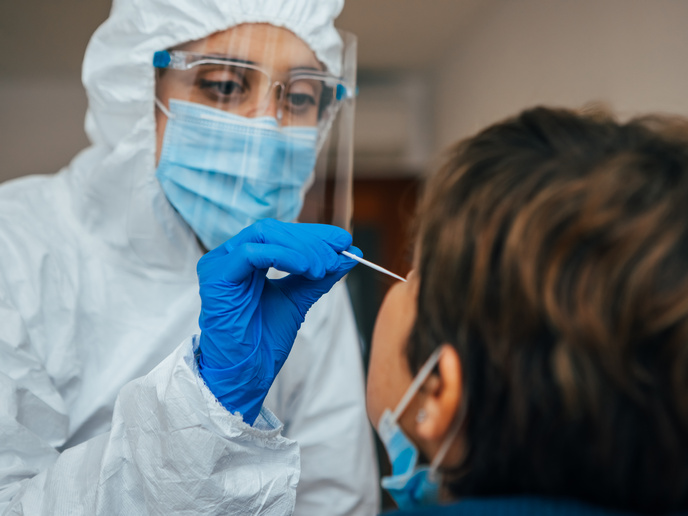Neutrophils in inflammation
The direction-dependent migration of immune cells such as neutrophils to sites of infection or injury is of central importance in maintaining innate immunity. However, in rare cases, neutrophils have been observed to travel back from the injury site to the vessel, a phenomenon referred to as reverse transmigration. The EU-funded 'Regulation of expression and function of integrin alpha6beta1 during leukocyte migration' (LEUKOMIGREG) project set out to delineate the molecular mechanisms underlying this process. Researchers discovered that the immune cells that reverse transmigrate from the site of infection or injury undergo a stimulus-dependent phenotypical change. Neutrophils capable of transmigration expressed high levels of the adhesion molecule ICAM-1 and reactive oxygen species. Importantly, they observed that during inflammation the transendothelial migration of neutrophils gets disrupted due to lower expression of junctional adhesion molecule C. Interestingly, the reverse transmigration of neutrophils was more prominent and could account for the spread of inflammation in cases such as ischaemia-reperfusion injury. Overall, the work by the LEUKOMIGREG provided new knowledge on the role of neutrophil phenotypes in inflammation and immunity. The identified molecules could serve as targets for dampening the inflammatory state of various conditions and possibly alleviating many symptoms for faster recovery.







